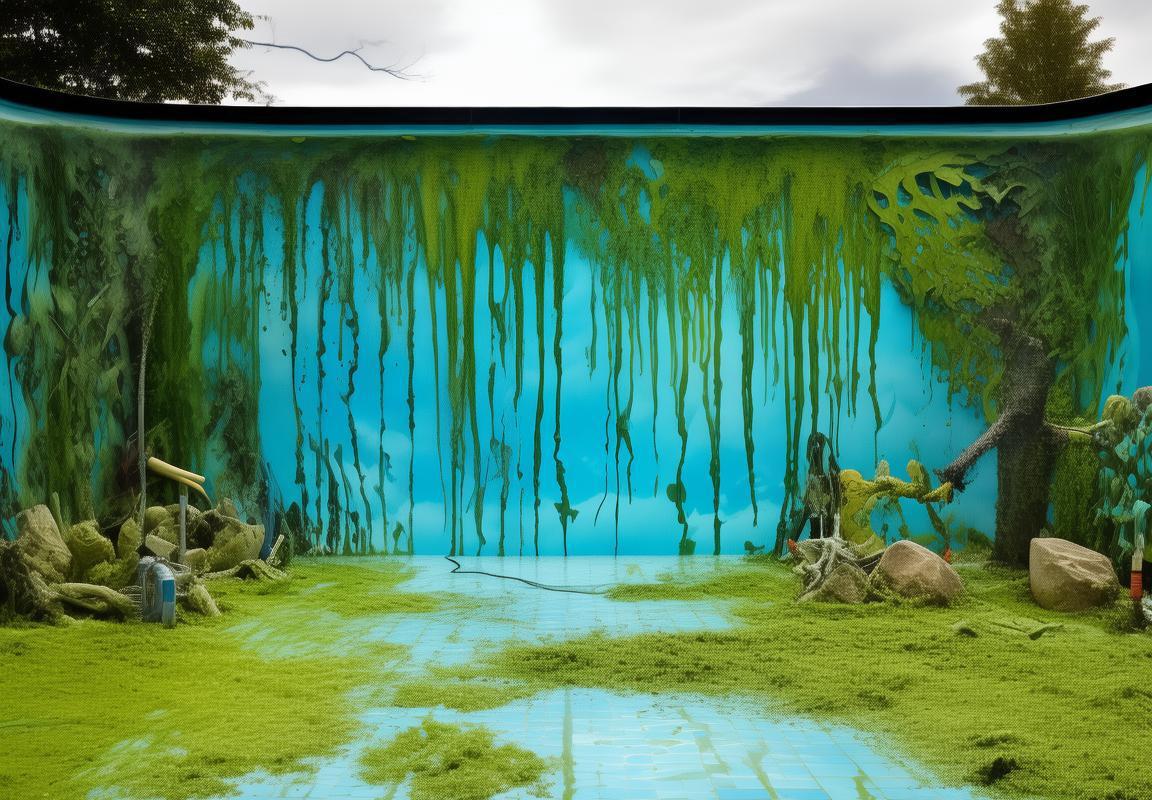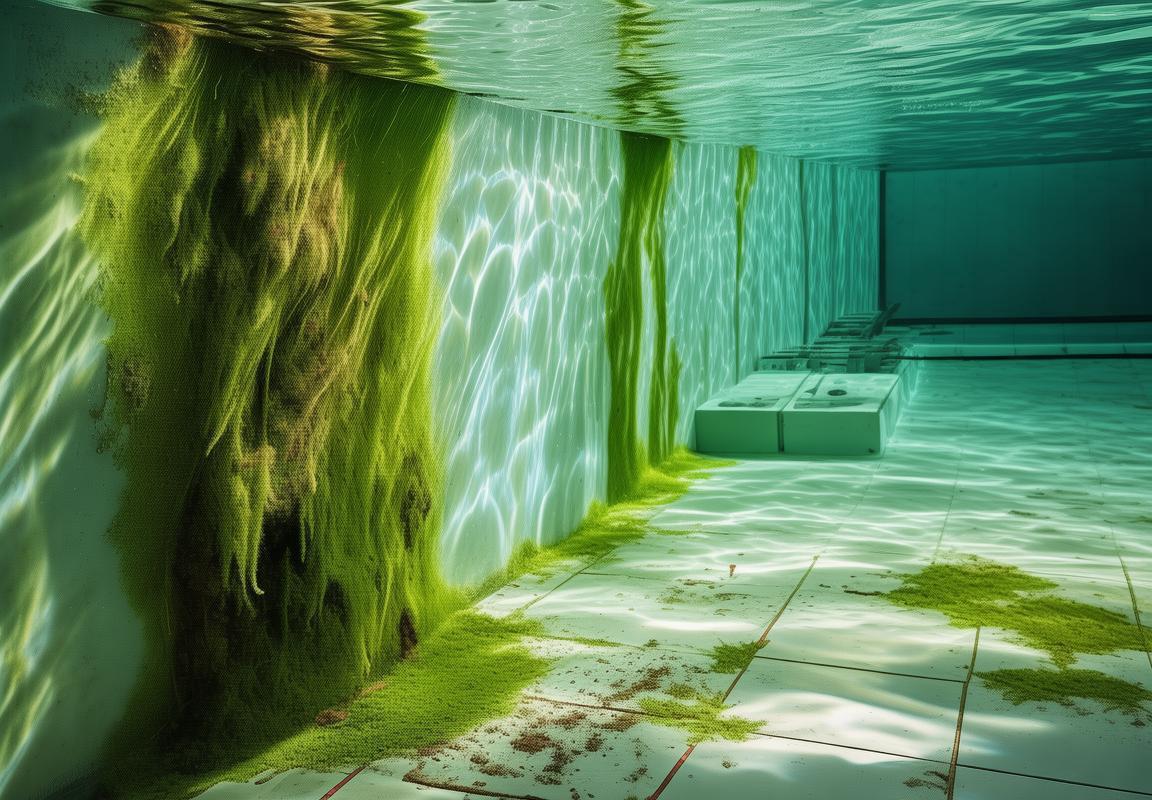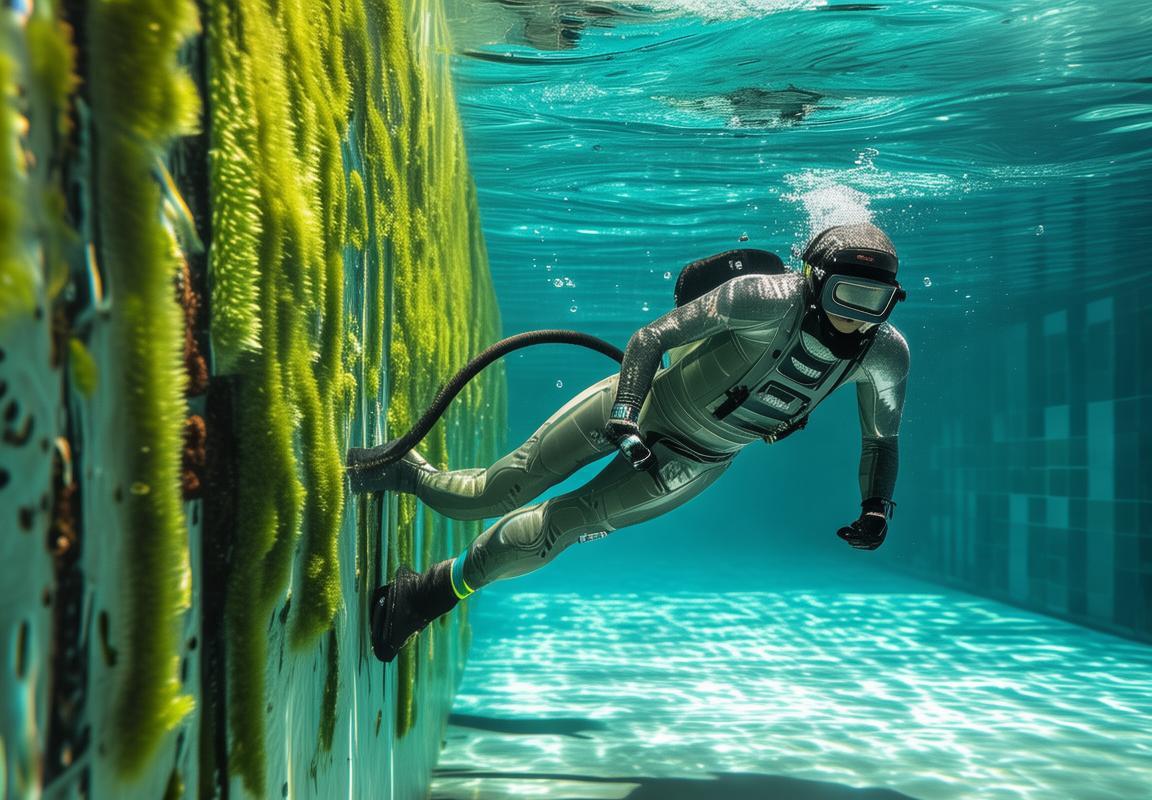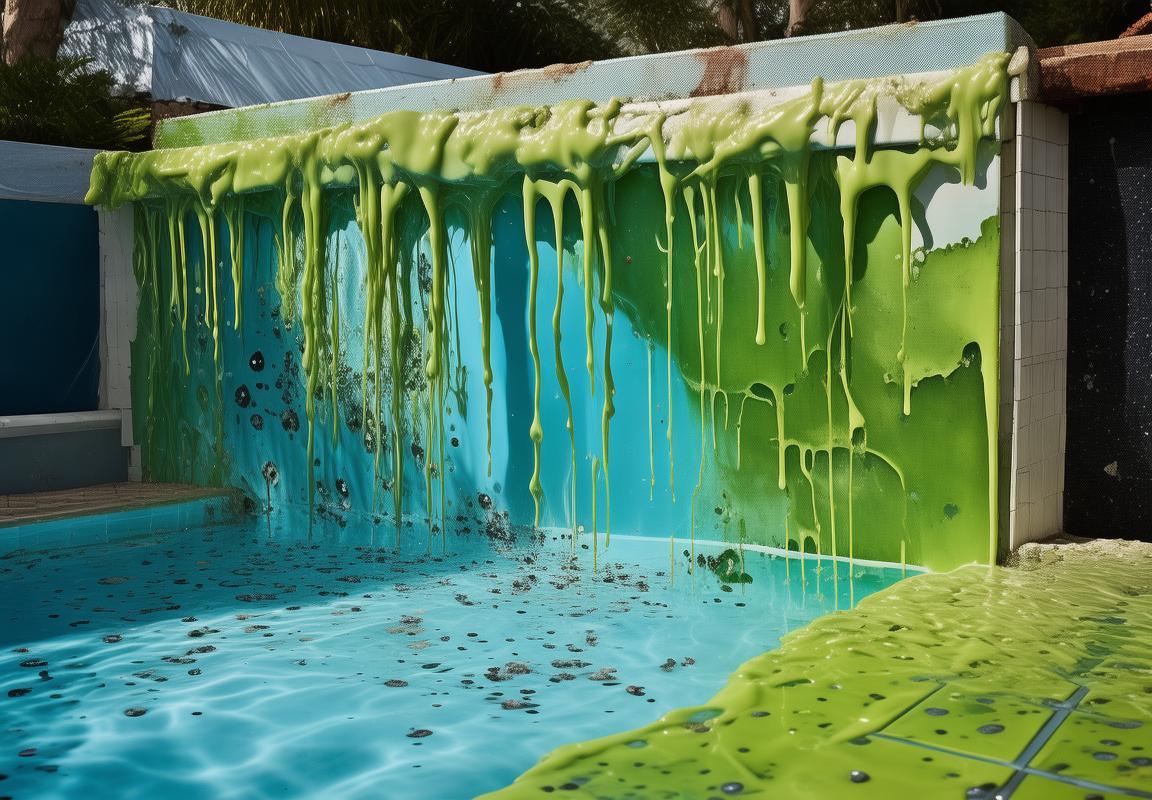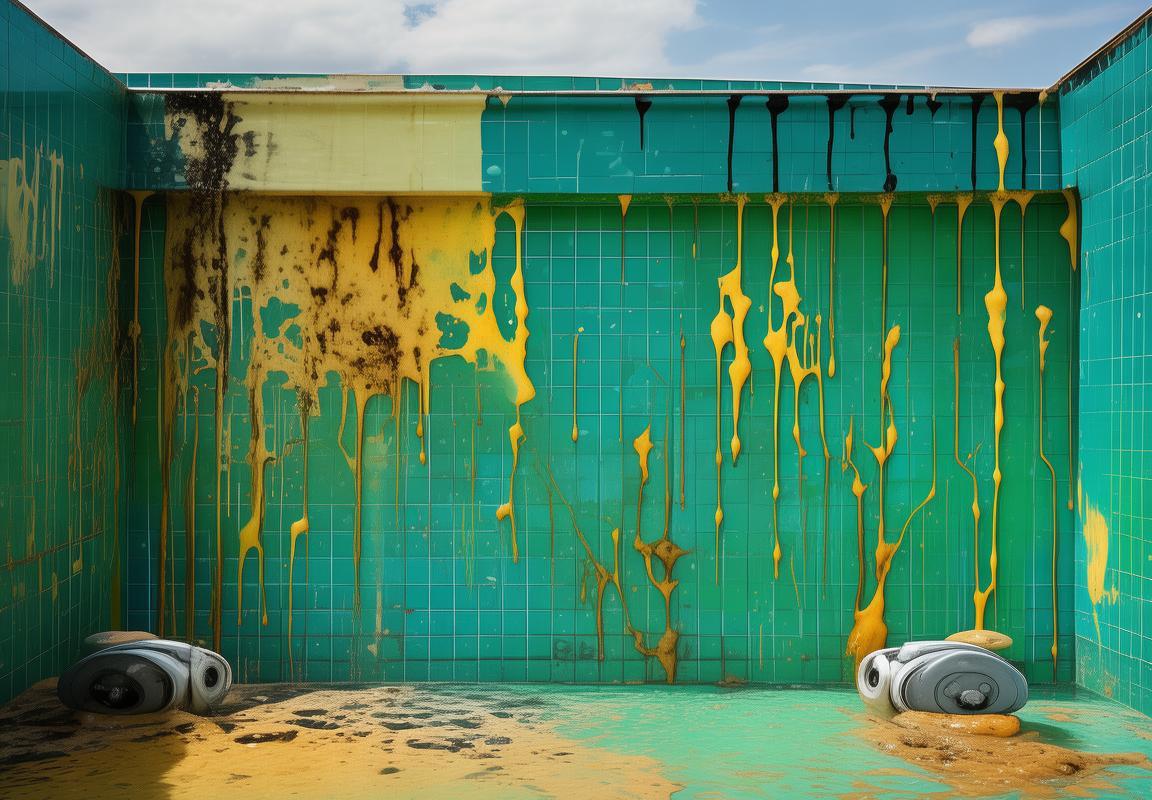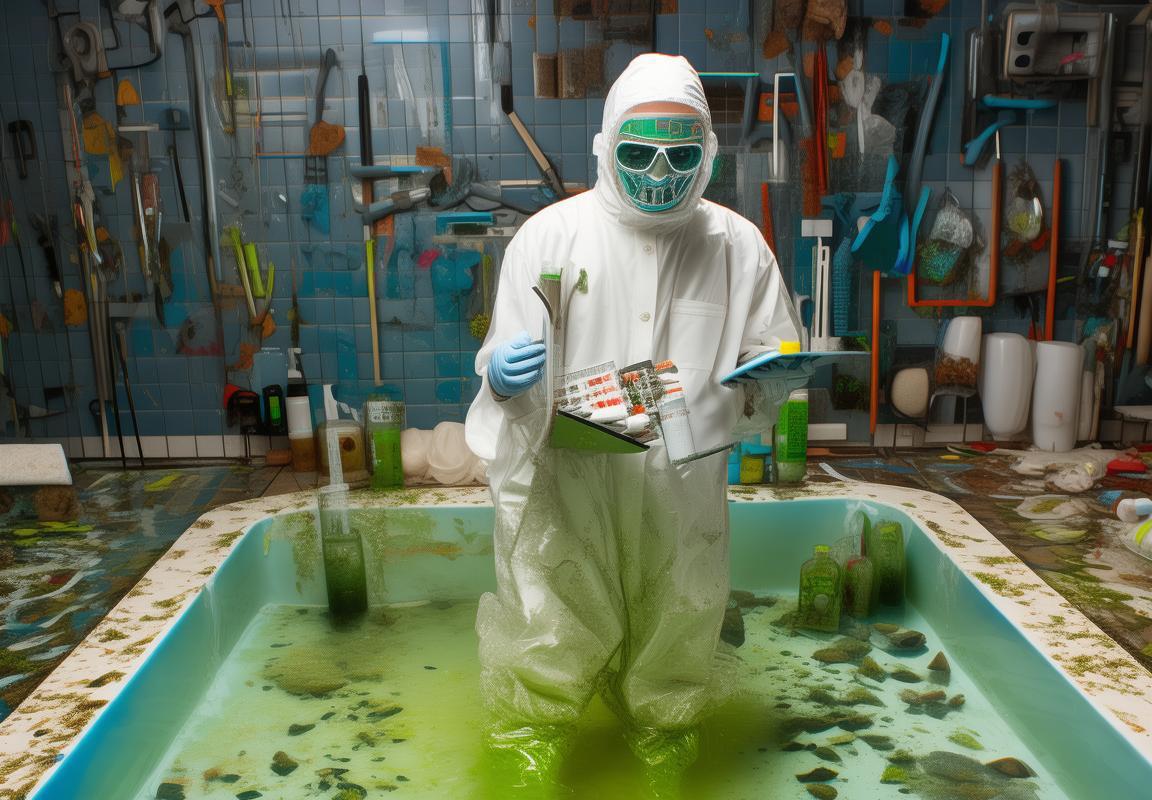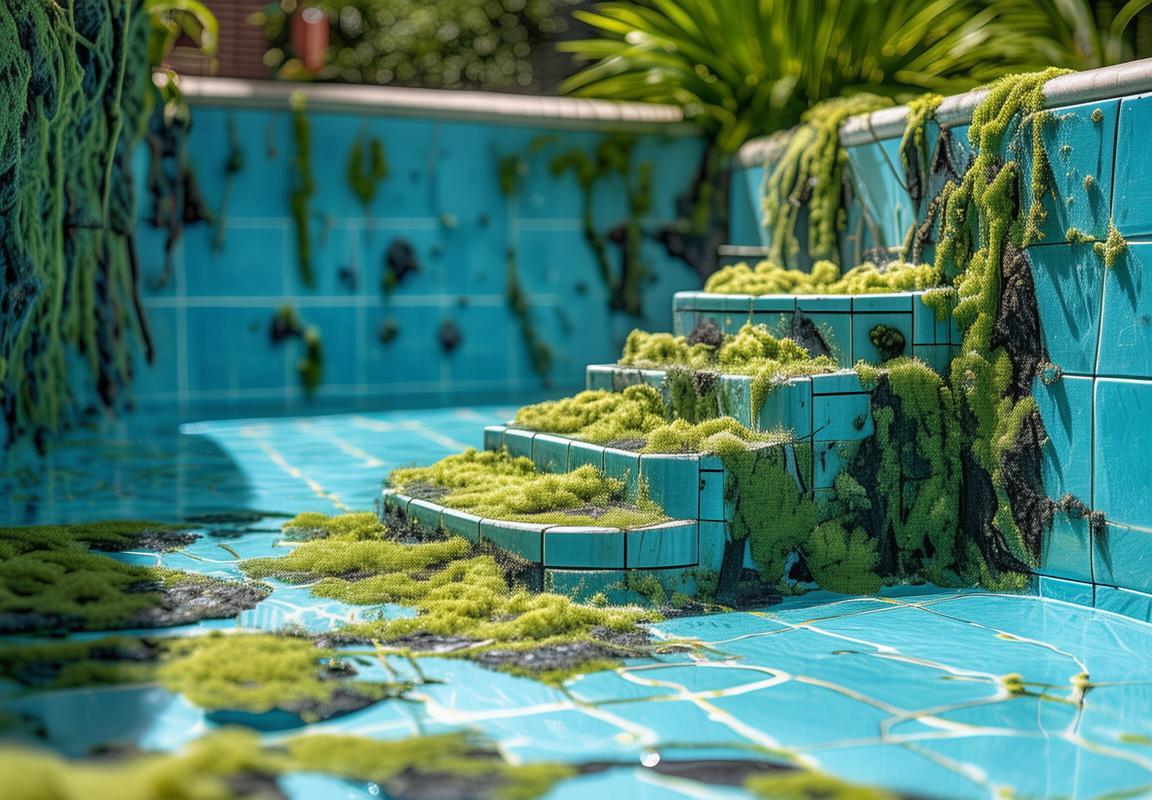Pool Wall Cleaner Showdown: Dolphin Nautilus vs. Algae Removal Hacks for Sparkling Walls
Your pool walls are a science experiment—green algae, chalky calcium scale, and mystery gunk—because scrubbing like a caveman with a basic brush won’t cut it. Algae removal requires more than chlorine; you need the right tools. For pool wall cleaner options, the Dolphin Nautilus (a top robotic model) is the lazy genius’s pick—it scrubs, climbs walls, and dumps debris while you relax. Manual brushes like the Wall Whale work but demand sweat, while pressure-side cleaners are mid-tier but hose-tangle-prone. Key pro tips: Tilt your cleaner at 45° to dig into grime, toss a tennis ball in the skimmer to absorb oils, and shock after brushing to break up biofilm. Skip steel brushes on vinyl liners (unless you want leaks) and upgrade if your arms ache—Pool Wall Cleaner tech should do the work for you. Stop fighting algae with guesswork; target it smartly, and your pool will go from “swamp” to “spa” fast.
